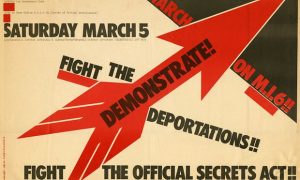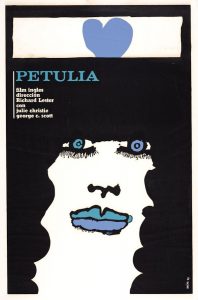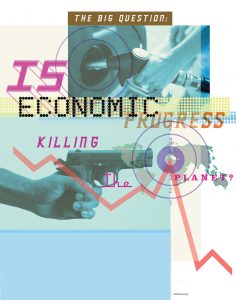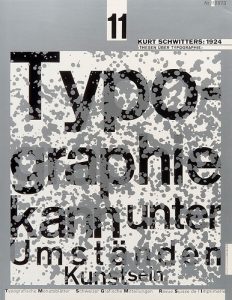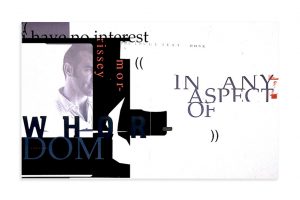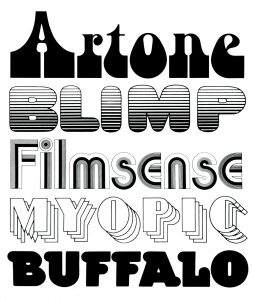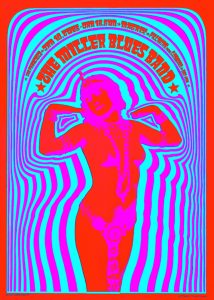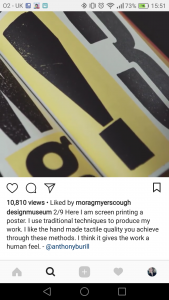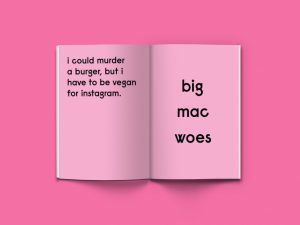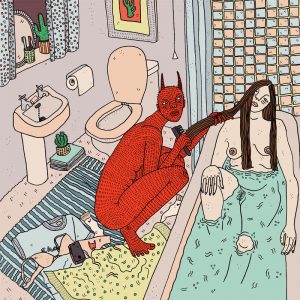Throughout the Research and Communications module, I feel that I have developed many different skills. These will not only help me throughout the rest of my degree, but in the future as well.
One of the most interesting lectures for me was the week 2 lecture about academic writing and critical thinking. It was highly beneficial to learn how to construct a comprehensive essay, that doesn’t necessarily have to be boring. Critical theories were something I had never come across before but I soon realised that they can apply to any kind of work or piece of writing that you look at. I feel that if I use these critical theories when writing essays in the future, I am more likely to write a more interesting, conclusive and relevant essay.
In terms of the regular lecture series, looking through the history of design in chronological order was fascinating. You could really start to see how societal issues influenced designers, and how the contemporary designers took influence from previous ones. This is a skill I can definitely take with me throughout my degree; being inspired by looking at major issues in the world and responding to these in a graphical outcome to make my work current and relevant. I now realise that researching designers both traditional and contemporary is key. There is nothing wrong with taking inspiration from what has already been done and making it your own, this is a key lesson I learnt when responding to the question “Is it possible to be truly authentic?”.
For me, one of the most influential references from the lectures was graphic designer, Wolfgang Weingart. Before the lecture I had not previously heard of him or seen any of his work. After the lecture, I began researching him in more depth. I really began to appreciate his work. His experimental approach towards typography is inspiring, different and something I plan to develop myself in the future, once I have gained more experience. By looking at his work and style, I feel as though it could give me a lot of knowledge in terms of technique and how I approach a typographical task myself.
In general, the Research and Communications skills lecture series was something that I found very useful and interesting. Learning about so many different art movements throughout history and the artists and designers that created them, in such a short space of time was invaluable. The series as a whole has provided me with a wealth of references and extra knowledge that I can use in both research and my own work. Without the Research and Communications series, I would not have heard or researched massive movements in history that I found very inspiring such as Underground Culture.

